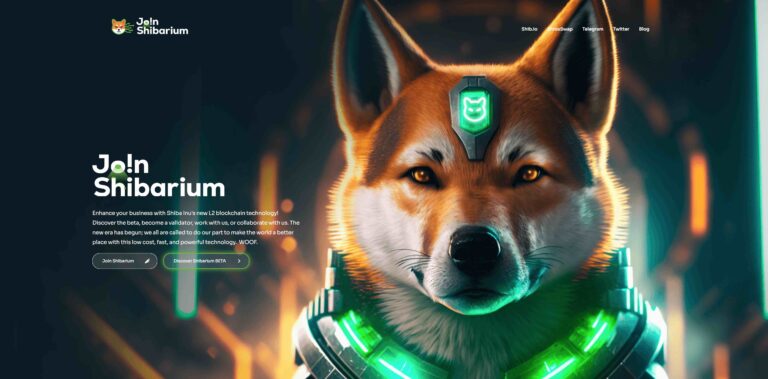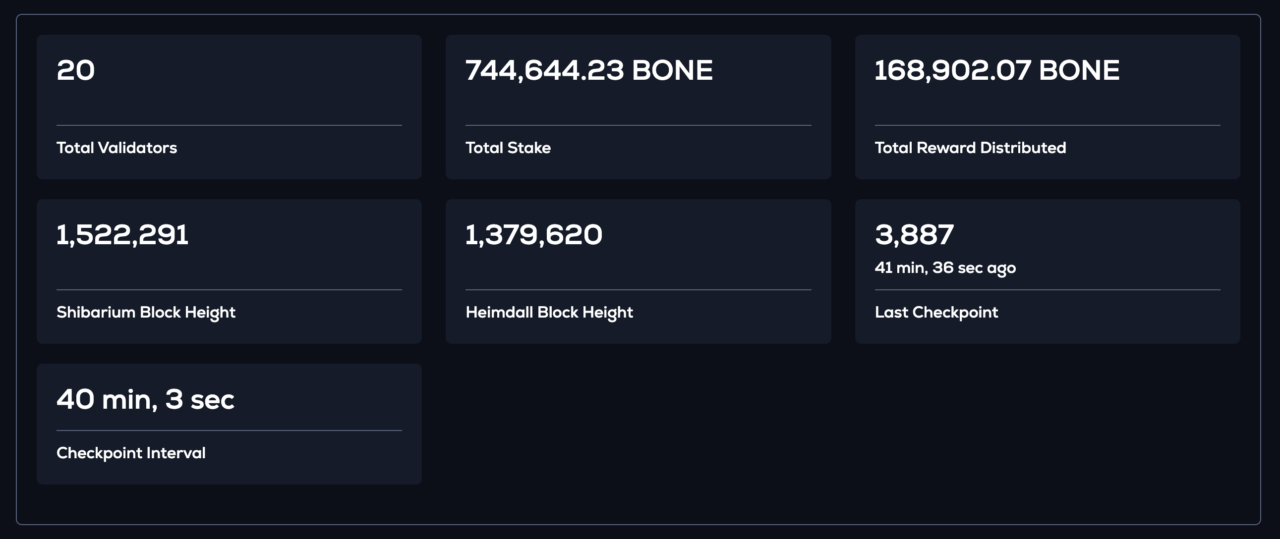According to “LucieShib,” a member of the official Shiba Ecosystem content marketing team, Shibarium, which is Shiba Inu’s Layer 2 scaling solution, is poised to bring about transformative changes for projects while also having a significant influence on the $BONE token, which serves as Shibarium’s gas token.
The Shiba Inu cryptocurrency project, rooted in the popular Shiba Inu dog meme, presents itself as a rival to Dogecoin and runs on the Ethereum blockchain. The Shiba Inu (SHIB) ecosystem comprises three unique tokens, each serving a particular purpose within the project.
SHIB, as the main token, acts as a decentralized, community-driven currency that is accessible to millions of users around the world. Having launched on the Ethereum blockchain in late 2020, SHIB has since gained global attention and can be used for payment at various locations, either directly or through intermediary services.
BONE serves as the governance token in the ecosystem, with a total supply of 250 million. BONE enables the Shib Army to participate in decision-making by voting on proposals through the Doggy DAO. Additionally, BONE establishes the groundwork for Shibarium, Shiba Inu’s own Layer 2 network.
The third token, LEASH, has a limited supply of 107,646 and offers exclusive benefits to dedicated supporters of the ecosystem. LEASH holders have experienced advantages such as increased BONE rewards for providing liquidity to ShibaSwap, exclusive rights to mint Shiboshi NFTs, and priority access to land sales within the “SHIB: The Metaverse project.”
Shibarium, a layer two blockchain, has been developed to overcome Ethereum’s limitations, including slow speeds and high transaction costs. The Shiba Inu project currently has Shibarium in beta testing.
LucieShib explains that Shibarium allows projects to process transactions off-chain, a feature that could lead to scalability breakthroughs. This off-chain processing could potentially reduce congestion on the main network, enabling faster operations. As a result, projects could create innovative applications that provide seamless user experiences and drive increased adoption.
LucieShib also highlights the cost-effectiveness of Shibarium. By moving transactions off the main chain, projects could significantly reduce gas fees associated with executing smart contracts and interacting with decentralized applications (DApps). This reduction in costs could encourage broader participation, eliminate barriers for developers and users, and foster a more inclusive ecosystem.
Moreover, LucieShib points out that Shibarium enhances security through advanced cryptography and consensus algorithms. This could ensure the integrity and protection of users’ assets, instilling confidence in projects and their applications. By prioritizing security, Shibarium could create a safer environment for projects and their users to operate in.
LucieShib believes that the impact of Shibarium on the BONE token could be profound. With reduced gas fees on Shibarium, the demand for BONE as a means of transactional value could increase. As projects migrate to Shibarium to take advantage of its cost-effectiveness, the demand for BONE tokens could rise accordingly. This increased demand could positively impact the value and utility of BONE within the ecosystem.










